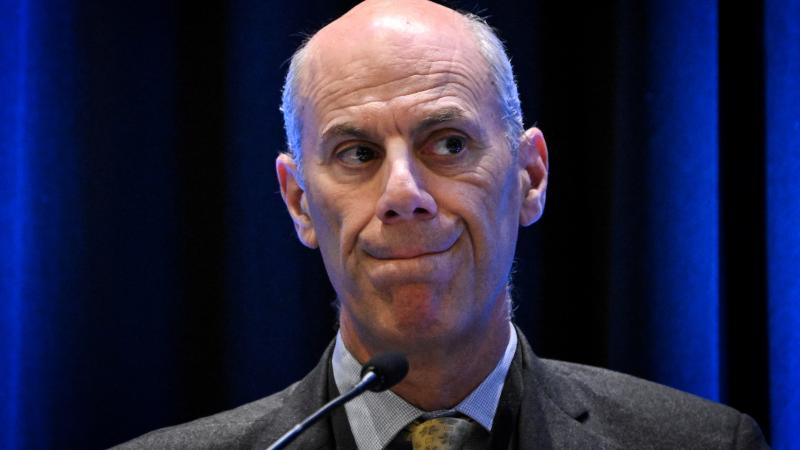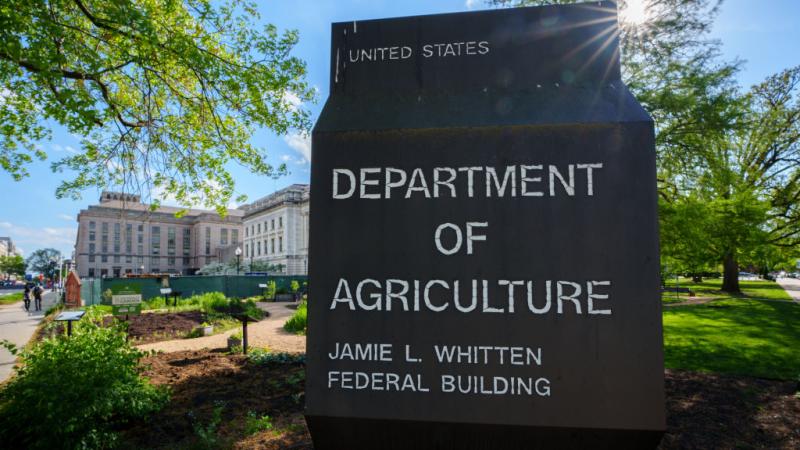U.S. poverty increased for first time in 10 years due to pandemic
The national poverty rate has not increased since the wake of the 2008 recession.
The U.S. poverty rate rose for the first time in 10 years as a result of the COVID-19 pandemic, with job losses, especially in the country's biggest cities, among the largest contributing factors, according to a recently released U.S. Census Bureau report.
The rate increased from 12.3% in 2019 to 12.8% in 2021.
The first reported case of the virus was on Jan. 20, 2020, and 11 days later the Department of Health and Human Services, declared a public health emergency.
New Jersey, Maryland, Hawaii and Washington D.C. had the largest increases in poverty during that period, with each reporting increases over 1%.
Louisiana, Mississippi and West Virginia were among the states with the highest poverty rates in 2021, topping 15%. However, those states have historically had higher rates compared to others.
Houston, Detroit and Los Angeles were among the metropolitan areas with the highest rates – over 13%.
Jobs losses during the pandemic contributed to the increase, according to the Department of Health and Human Services, with urban areas hit harder than rural one.
From April 2019 to April 2020, employment in urban areas fell by 15%, compared to employment in rural areas dropping by 10%, according to the Bureau of Labor Statistics.
Evidence has shown the virus tended to spread among people in close, confined space, such as offices or at large indoor events like weddings or concerts, compared to open spaces.
Roughly 22 million U.S. jobs were lost from February 2020 to April of 2020, including many in the leisure and hospitality industries, which were largely shuttered at the height of the pandemic and in which wages were already historically lower, according to the Bureau of Labor Statistics.
“I worked for 25 years in the hospitality industry, in hotels as an event planner. So, when this all this mess went down, like late March, we were furloughed," Chicago resident Leida Parker Sylvester said in a PBS News Hour interview.
Middle- and lower-income individuals and families were hit especially hard by the pandemic, with the median income of lower income households decreasing by 3% and middle income households decreasing by 2.1%, according to the Pew Research Center. The median income of upper income households remained roughly the same.
President Biden declared an end to the pandemic in September 2020.
“I have never experienced anything like this," Sylvester also said. "I lived through 9/11 within the hotel industry. And we did pretty well recovering. But I'm very nervous about this one.
"I think we, as a country, need to have a conversation of, what are we going to do to help people, help people and make sure that our bills are being paid and that there is income coming in."















